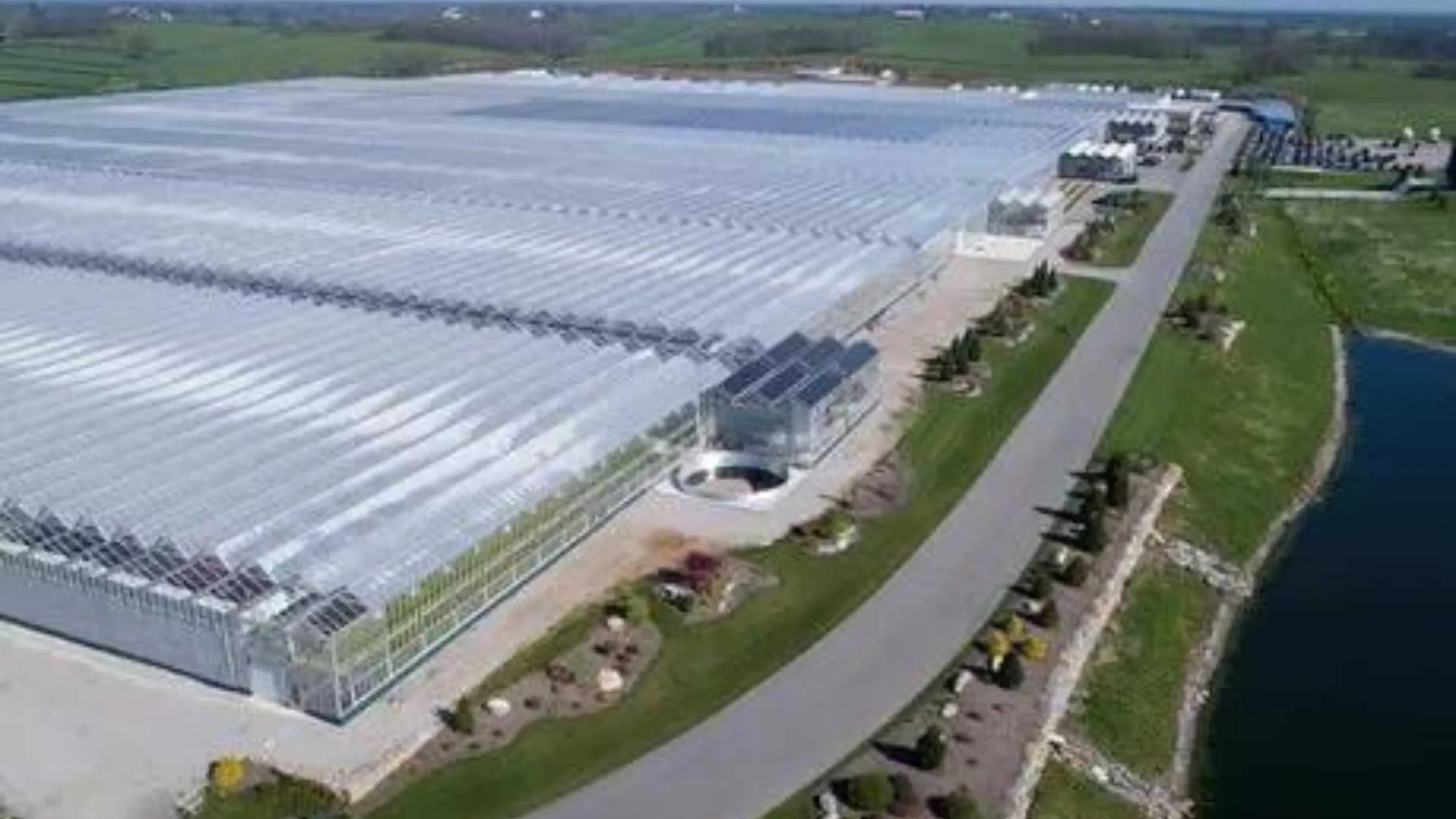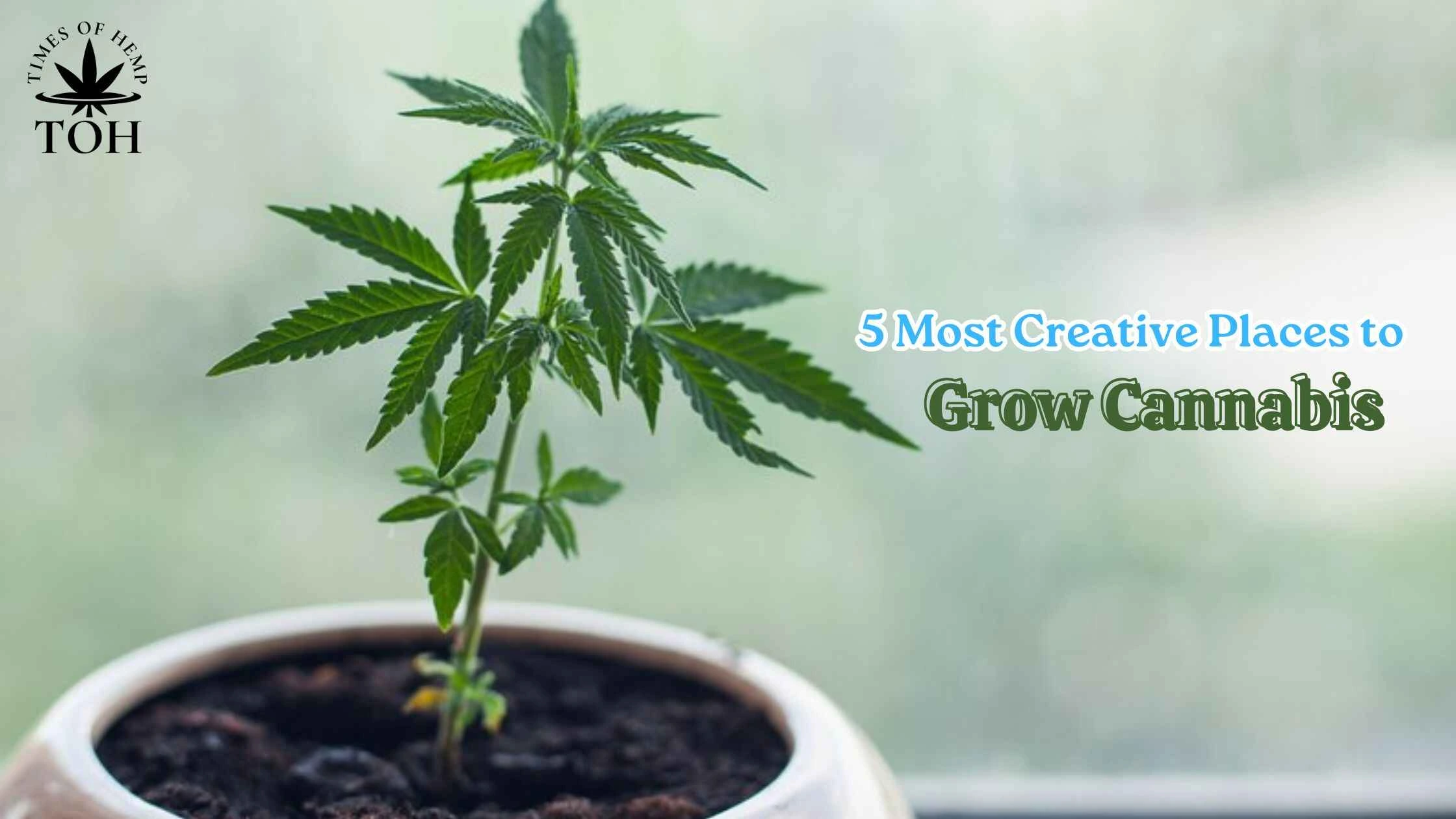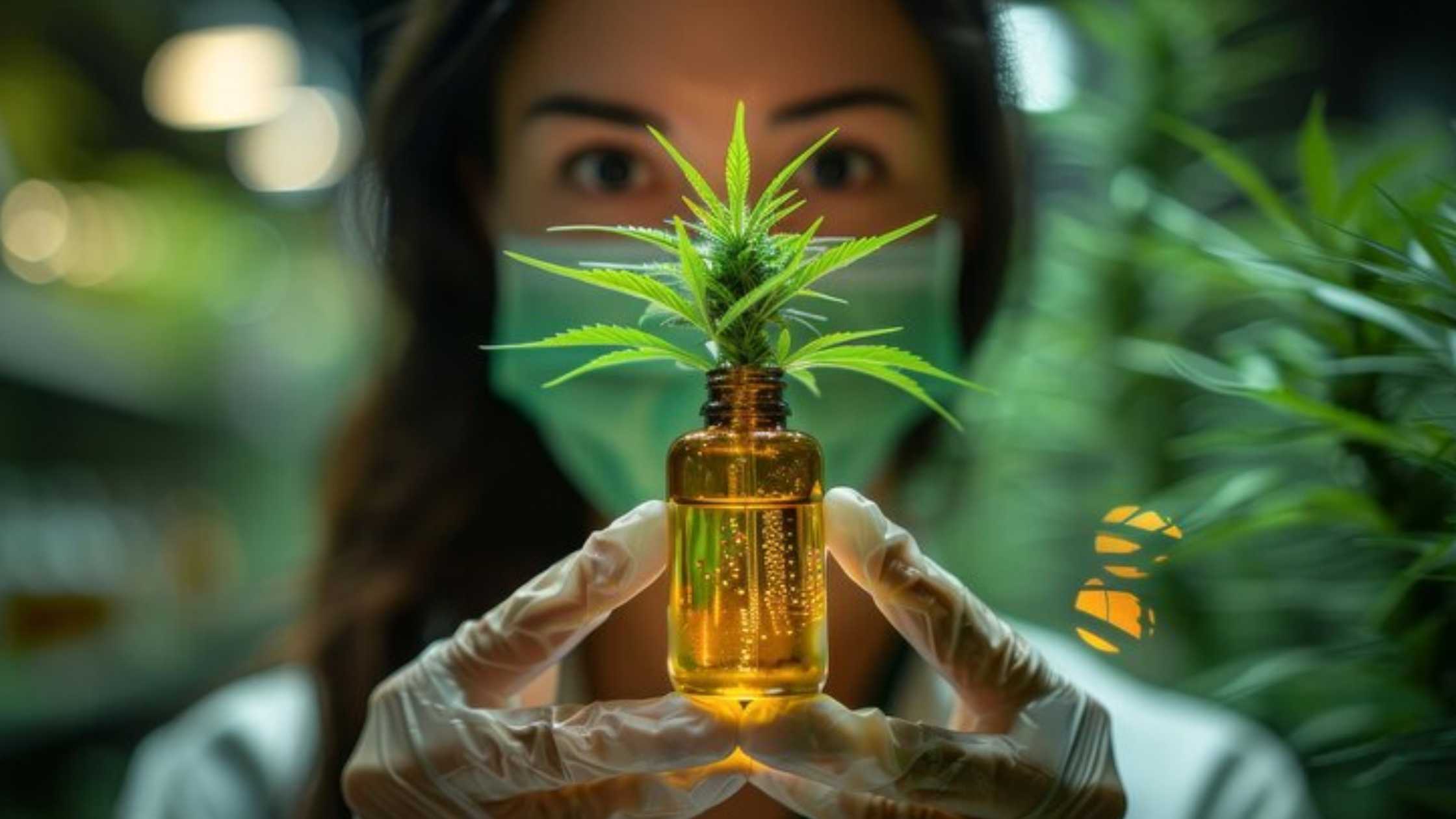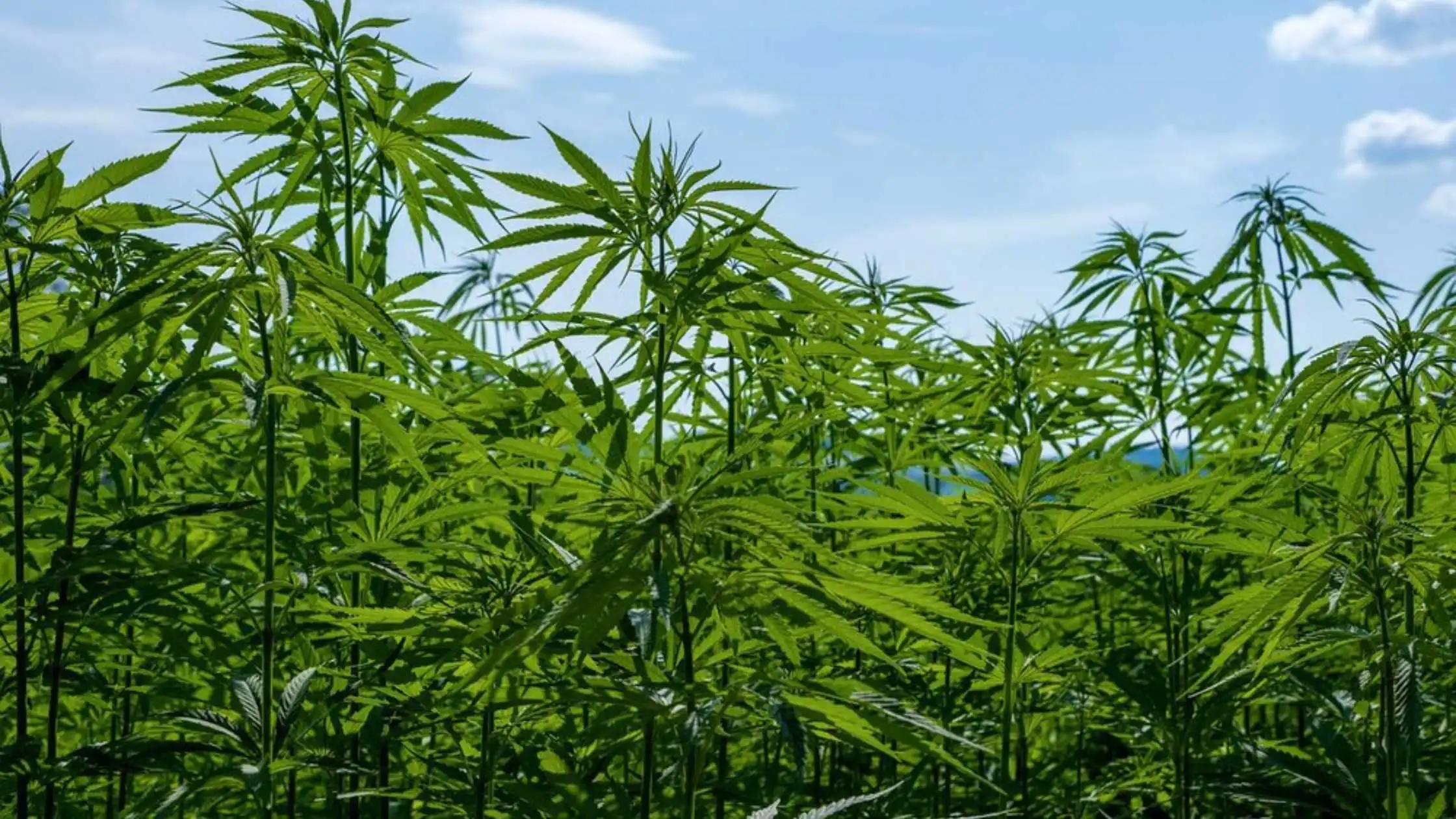Over the past year, cannabis operators have made headlines by taking state-of-the-art greenhouses offline and putting them up for sale.
Some invested deeply in greenhouses and cutting-edge technology before hitting profitability, which added to the financial strain. They’re now offloading those greenhouse facilities, often at significant financial losses.
Consider:
- The Green Organic Dutchman Holdings (TGOD) agreed to sell its Salaberry-de-Valleyfield, Quebec, greenhouse range for $27 million Canadian dollars ($22.2 million) to cannabis producer Cannara Biotech. TGOD spent CA$239 million on the property.
- Canopy Growth sold two British Columbia greenhouses for a combined CA$40.6 million ($31.5 million). The Smith Falls, Ontario-based producer spent nearly CA$500 million to acquire the remaining interest in the BC Tweed joint venture and previously invested CA$644 million to expand its growing capacity in these greenhouses, along with another growing facility, a distribution center, and a beverage production center.
- Canopy Growth is expected to sell another 23-acre property in Niagara-on-the-Lake .
- Aurora Cannabis agreed to sell at least two cultivation facilities worth CA$12 million ($9.4 million) that it closed earlier in the year.
- Aurora’s CA$260 million ($205 million), 1.7-million-square-foot complex that it put on the market in March is still for sale.
Scale with caution
While these properties are all in Canada, experts advise caution in the United States cannabis market.
In November, Kentucky hemp producer AgTech Scientific placed its 151-acre complex, which includes a 1.87 million-square-foot greenhouse facility and a 50,000-square-foot manufacturing and warehouse facility, up for sale.
The sale is part of AgTech’s receivership, a court-ordered legal maneuver for struggling companies to restructure debt.
Gary Leibowitz, a partner at Cole Schotz, the corporate restructuring law firm in charge of the sale, said he couldn’t comment about the bids on the facility, which are expected to close in February.
However, the real estate group selling the property pointed out that agricultural companies and financially sound hemp and CBD producers are purchasing the “high-quality growing and production assets” “at significantly below replacement value.”
Who buys high-end greenhouses?
Experts say the secondary market for cannabis greenhouses is actually the primary market where many cannabis producers originally bought their facilities: ornamentals and vegetable producers.
“The majority of these former cannabis greenhouse facilities once started, in most cases, as horticulture or floriculture operations, so the market still remains very strong for greenhouses,” said Alan Johnson, vice president of Colliers International, a commercial real estate firm in Vancouver.
In the U.S. and Canada, both the floriculture and greenhouse vegetable industries are experiencing unprecedented growth.
Throughout the coronavirus pandemic, ornamentals and vegetable young plant producers saw an estimated 20 million new home gardeners, according to a survey from U.S. plant supplier Bonnie Plants.
And greenhouse vegetable producers have grown exponentially, making vertical and indoor farming a high-interest area for investors.
These producers are capitalizing on the demand for locally grown, fresh produce and opening greenhouse ranges to supply restaurants, grocery stores, and local markets.
It’s not unheard of for greenhouse producers to buy a facility back from a cannabis producer at a bargain, said Bianca Gilbert, a senior associate at Colliers.
She mentioned a well-known family in agricultural produce that sold a facility to Canopy in a cash-and-stock deal, then sold the stock at a market peak.
“So they cashed out, and then lo and behold, two years later, Canopy puts two of their facilities back on the market, and one of the end buyers for that facility was the original seller,” Gilbert said.
Disconnect on price
Yet cannabis producers often try to get as much out of their investment as possible, which causes a disconnect between sellers and buyers, Gilbert said.
“If we’ve got a cannabis asset and someone’s put $10 million into the building because they’re kitting it out specifically for cannabis, the secondary market for that type of asset is focusing on what the cost is going to be to return that asset from cannabis back to agricultural use,” she said.
Further, the high-tech investments seen in cannabis greenhouse grows may not fully translate to other crops, such as ornamentals, Johnson said.
On the other hand, greenhouse vegetable producers can often adopt the same technology, according to Aaron Van Wingerden, owner and CEO of Dutch Heritage Gardens and Royale Botanicals in Denver, which produce ornamentals and hemp.
Van Wingerden stated, “We can definitely use the technology if we use greenhouses to grow veggies, as tomatoes, cucumbers, and leafy greens all benefit from the additional supplemental light that most of these facilities have.”
Lessons to adopt
As the U.S. adult-use cannabis market awaits federal legalization, producers can learn from overzealous scaling mistakes made in Canada, Gilbert said.
“I think the biggest thing that we saw was that everyone thought, ‘We need the biggest and the best facility,’” she said.
“Well, the market immediately told them, ‘We don’t want the biggest; we want quality. And the best is arbitrary.’”
Further, large-scale, high-tech facilities often cost more to operate than what a producer can make from producing and harvesting flowers, Gilbert said.
“The market value of the flower—because it’s a lower-quality flower from these larger facilities—has dropped, and so these just straight up don’t make sense anymore because the cost to run them is more than what you’ll make the entire year.”
For producers looking to unload their greenhouses, Van Wingerden stresses two things:
- Maintenance.
- Managed expectations.
“Make sure you maintain the facility properly and continuously. Without maintenance, a greenhouse cannot remain in a high-quality, turnkey operation.
“They should have realistic expectations of the sale price. Sales of greenhouses for $1000 per square foot are no longer common.
Disclaimer: https://hempindustrydaily.com/what-is-the-secondary-market-for-cannabis-greenhouses





